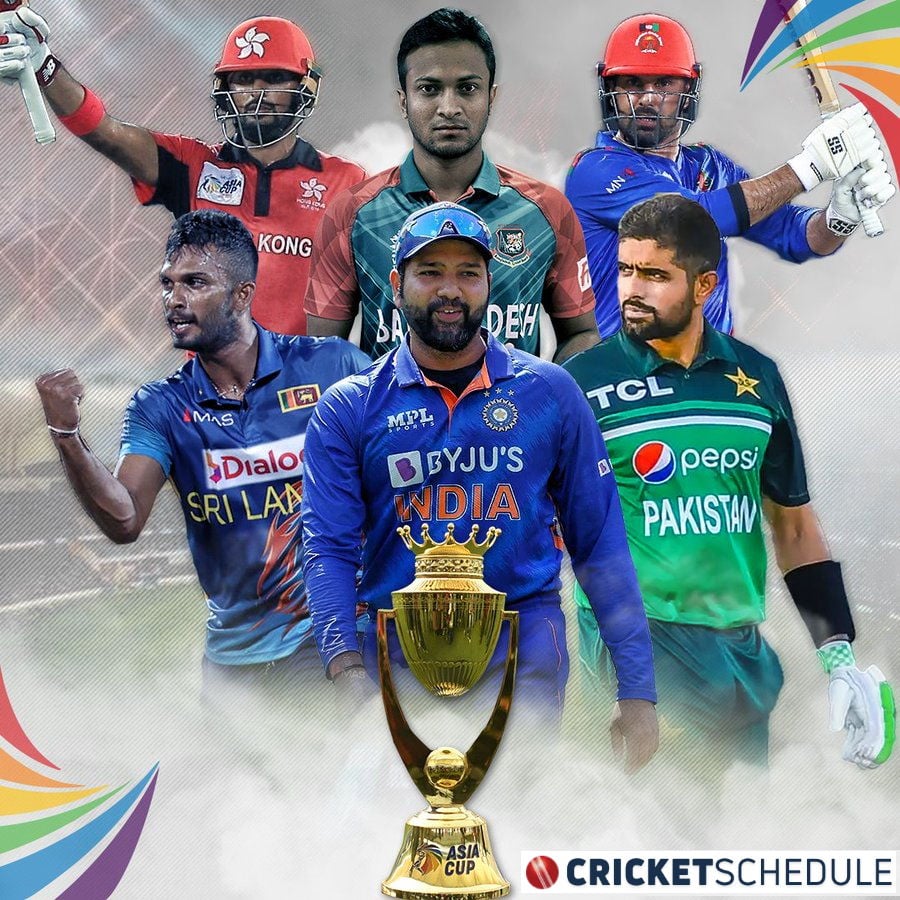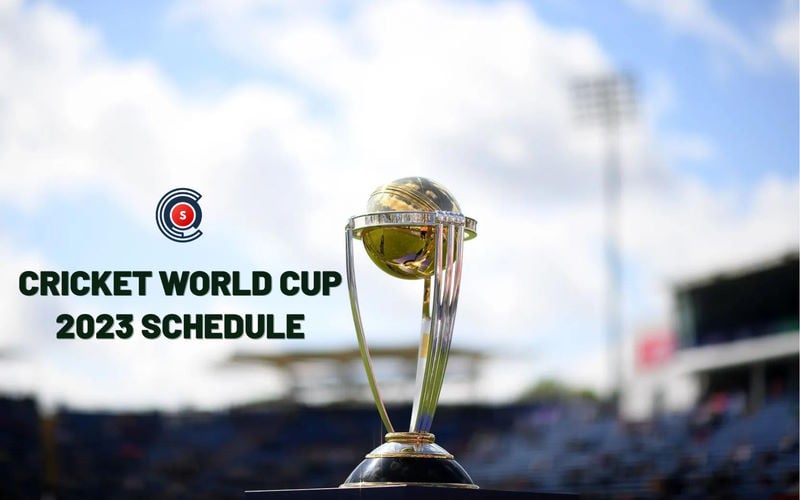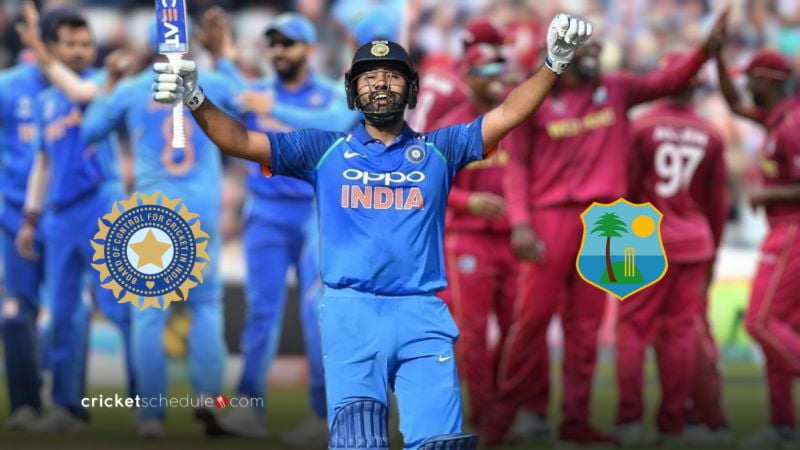
Cricket, a sport deeply rooted in history and tradition, has constantly evolved to cater to the tastes and preferences of fans and players alike. With its origins dating back to the 16th century, this bat-and-ball game has come a long way and now boasts an array of formats that keep fans engaged and entertained. In the modern era, cricket is played in four major formats: Test matches, One Day Internationals (ODIs), Twenty20 (T20), and the most recent addition, The Hundred. This article delves into the intricacies of these formats, exploring their unique features, how they have developed over time, and the impact of technical advancements and rule changes on the sport.
As cricket has developed over the years, organizers have persistently introduced new formats to capture the attention of fresh audiences. While Test and first-class cricket used to be the sole forms of the game, recent years have seen the rise of one-day formats, which showcase more aggressive batting and high-scoring displays.
Major Cricket Formats
Three distinct formats dominate the international cricket scene: Test cricket, One Day Internationals (ODIs), and T20 Internationals. Each format has its dedicated audience, but Test cricket is still regarded as the pinnacle of the sport by many enthusiasts.
In domestic cricket, first-class cricket takes the place of Test matches, while one-day games and T20 matches follow the same format as their international counterparts. English cricket organizers have recently unveiled a new format called The Hundred, which operates in an entirely different manner.
Test Cricket

Test cricket is the oldest and most traditional form of the game, played over five days with each team getting two innings to score as many runs as possible. Test cricket is a true test of a player’s skills, endurance, and temperament. The following are some key aspects of Test cricket:
Playing conditions
Test matches are played in white uniforms and use a red ball, typically starting in the morning and continuing through the afternoon, with scheduled breaks for lunch and tea.
Timeframe
The five-day duration allows for a strategic and tactical battle between the two teams. Weather and pitch conditions play a significant role in determining the outcome of the match.
Session-wise approach
Teams often plan their strategy in sessions, dividing the match into fifteen sessions (three per day). This helps them set short-term goals and monitor their progress throughout the game.
Draw and follow-on
Unlike limited-overs formats, Test cricket has the possibility of a draw if the match doesn’t produce a result within five days. If the team batting second scores 200 or more runs fewer than the first team, they may be asked to follow-on, which means they have to bat again immediately.
Declarations
A team captain can declare their innings closed at any time, a tactic usually employed to set a target for the opposition or to allow the bowling side more time to dismiss the opposition.
There are 12 Test cricket playing nations with Test status awarded by International Cricket Council / ICC. These countries have been granted Test status by the International Cricket Council (ICC), allowing them to participate in official Test matches.
The Test cricket playing nations are:
- England
- Australia
- South Africa
- West Indies
- New Zealand
- India
- Pakistan
- Sri Lanka
- Zimbabwe
- Bangladesh
- Afghanistan
- Ireland
One Day Internationals (ODIs)

ODI cricket is a limited-overs format that gained popularity in the 1970s. Each team gets 50 overs to score as many runs as possible, making for a more fast-paced and exciting game. Some key aspects of ODIs include:
Playing conditions
ODIs are played in colored uniforms with a white ball. Day-night matches are common, with the use of floodlights to ensure visibility.
Fast-paced gameplay
The limited number of overs leads to a more aggressive approach from the batsmen, resulting in higher scoring rates and more exciting finishes.
Fielding restrictions
ODIs have specific fielding restrictions, with powerplays determining the number of fielders allowed outside the 30-yard circle during different phases of the innings.
Duckworth-Lewis-Stern (DLS) method
In case of rain interruptions or other unforeseen circumstances, the DLS method is used to revise targets and determine the winner.
ICC Cricket World Cup
The ICC Cricket World Cup, held every four years, is the most prestigious ODI tournament, drawing massive global audiences.
T20 Internationals
T20 cricket was introduced in the early 2000s as a shorter, more thrilling version of the game. Each team gets 20 overs to score as many runs as possible, leading to a high-octane contest. The key aspects of T20 cricket include:
Playing conditions
Like ODIs, T20s are played in colored uniforms with a white ball, often under floodlights for day-night matches.
Explosive gameplay
The shortened format promotes aggressive batting, resulting in higher scoring rates, big hits, and nail-biting finishes.
Strategic time-outs
Teams are allowed one strategic time-out per innings, allowing them to regroup and discuss tactics.
Super Over
In case of a tie, a Super Over is played to determine the winner, adding further excitement to the format.
T20 World Cup
The ICC T20 World Cup is held every two years, showcasing the best T20 teams and players from around the world.
The Hundred

The Hundred is the newest format in cricket, with each team facing 100 balls in an innings. Designed to attract new audiences, The Hundred promises fast, action-packed games. Some unique features of The Hundred include:
Playing conditions
The Hundred is played in colored uniforms with a white ball, often under floodlights for day-night matches, similar to ODIs and T20s.
Fastest format
With only 100 balls per innings, the format encourages explosive batting, innovative bowling, and energetic fielding, making the game even more engaging for spectators.
New over structure
Unlike traditional formats where an over consists of six balls, The Hundred features 10-ball overs. Bowlers can deliver either five or ten consecutive balls, and the ends change after every ten balls.
Bowling restrictions
Each bowler can deliver a maximum of 20 balls in an innings, offering more strategic options for team captains.
Powerplays and timeouts
The Hundred includes a 25-ball powerplay at the start of each innings, during which fielding restrictions apply. Teams are also allowed a strategic timeout to regroup and discuss tactics.
Franchise-based teams
Eight franchise teams from England and Wales participate in The Hundred, featuring a mix of local and international talent.
The Hundred is currently exclusive to England and primarily played at the domestic level. However, the format’s success could lead to its adoption by other countries and potentially its integration into the international cricket calendar. As the competition evolves, the format may undergo further changes and adaptations, maintaining cricket’s reputation as a dynamic and ever-evolving sport.

Official Anthem
2023 Cricket World Cup Anthem Song

Asia Cup 2023
Asia Cup Schedule, Dates, Timing & Venues

Cricket Schedule
ICC Cricket World Cup Schedule 2023

LLC Masters 2023
LLC Schedule, Dates, Timing & Venues

Cricket Schedule
India vs West Indies Schedule 2023

Cricket Schedule
The Hundred Schedule 2023
